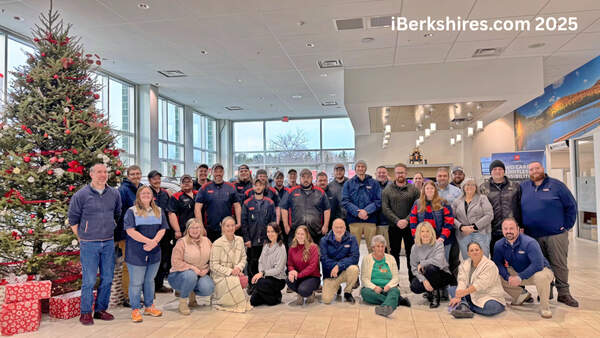
Tips for Washing and Storing Fruits and Veggies
 |
- Wash your hands for 20 seconds with soap and warm water before and after handling fresh produce.
- Hold the produce under cool running tap water and gently rub the surface as you rinse. (NOTE: mushrooms are the exception to this rule. See box below for information on cleaning mushrooms.) While you're welcome to use soap designed for produce, it's not necessary.
- If you're peeling your produce, you still need to rinse it. Be sure to rinse it prior to peeling to avoid transferring germs and bacteria from your knife to the fruit or vegetable.
- For firm produces such as squash, melons and cucumbers, use a clean vegetable brush to scrub the rind clean as you rinse.
- For produce with uneven surfaces—think cauliflower and broccoli—first, remove any outer leaves and then soak for 1 to 2 minutes in cold water. Remove from water and rinse again.
- For salad greens, begin by discarding wilted or discolored outer leaves.
- For leafy lettuces, such as romaine and endive, remove the root end then separate leaves and hold under cold running water to remove any dirt.
- For smaller greens, such as spinach and arugula, swirl them in a bowl or a clean sink filled with cold water for about 30 seconds. Remove and gently shake to remove excess water and dirt Repeat as needed then drain in a colander.
- For iceberg lettuce, remove the core by hitting the stem end on the countertop; twist and lift out the core. Then, hold the head, core side up, under cold running water, pulling leaves apart slightly. Place on a clean towel or paper towel, core side down, to drain.
- For mesclun and other loose, small salad greens, rinse in a colander, gently tossing as you go. Shake colander to remove extra water and pat dry with a clean cloth or paper towel.
- Because vegetables start to break down once you wash and prep them, you can extend their life—and your budget—by only washing the amount you need for any given meal. If you do end up washing more than you need, be sure to dry them thoroughly with paper towels or a vegetable spinner before storing.
- Begin by using a damp paper towel or a soft mushroom brush to gently wipe each mushroom to remove any dirt. OR
- Lightly rinse the mushrooms with cool water and pat dry with paper towels. Avoid soaking mushrooms as they'll readily absorb water which can prevent them from browning during cooking.
Tags: svhc, SVMC,















